Report: A Taste of Research: Supervising Technasium Students for Project ‘Mosquito Alert’
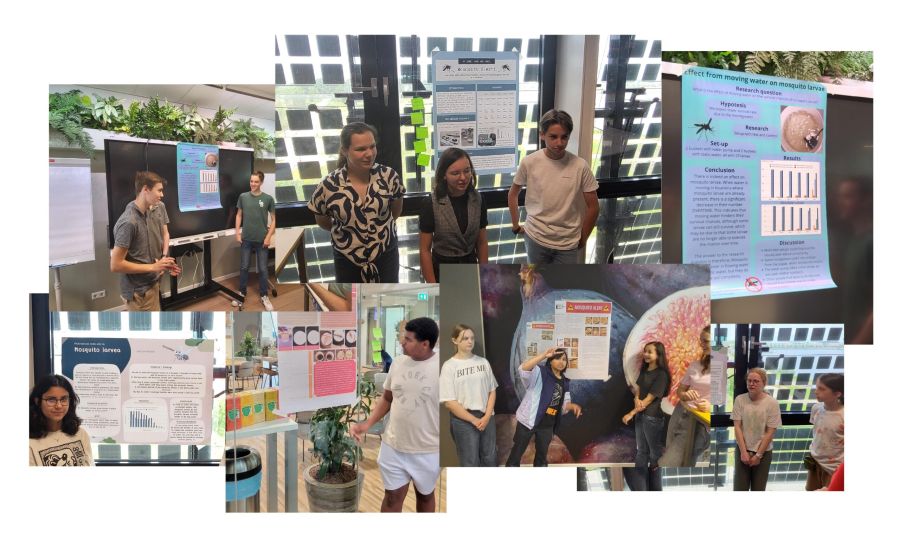
Mila Willemsen, Avans Hogeschool-student and One Health PACT Intern, supervised the Mosquito Alert Technasium finale on June 16, 2025. She wrote the following report:
As a part of my bachelor internship at One Health PACT, I took on a side project supervising Dutch Technasium students in their ‘Mosquito Alert’ project. This project challenges student teams to formulate their own research questions around the ideal living environments for mosquitoes. Participants ranged from third-year HAVO to fifth-year VWO (ages 14 to 18) from seven schools across the Netherlands.
At the project’s kick-off events in Almere and Breda, I gave a masterclass about One Health PACT, how to do research and – of course – all things mosquito. I quicky discovered that teaching students brings me a great deal of energy and joy. In the weeks that followed, I supported students as they developed research questions and designed experiments. Some groups focused on how salt concentrations in water affect larval development, while others explored “mosquito hotspots” in their hometown and compared environmental factors between them.
At the end of their projects, I visited several schools to attend and help assess the students’ final presentations, usually in poster format. Some posters were highly creative (see Figure 1), while others offered valuable insights into their experimental progress and results (see Figure 2).
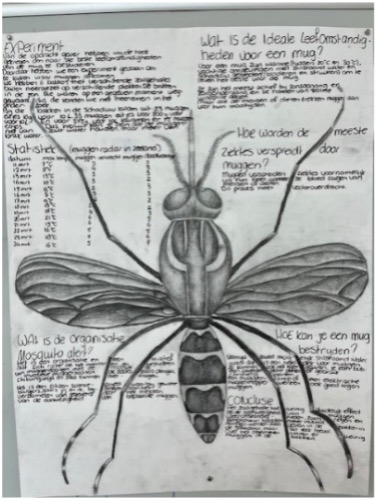
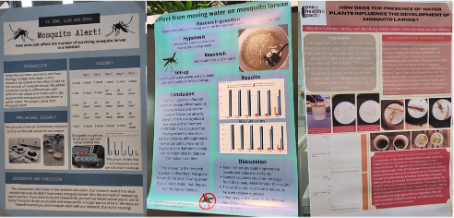
One group in particular, made up of one 4 VWO and three 5 VWO students from RSG ‘t Rijks in Bergen op Zoom (pictured in Figure 3), took on a different task. After some discussion with their teacher, they were asked to build a mosquito trap. This trap would then be used to collect honey card samples, which I would later use in my own research focused on developing fieldable assays for the detection of West Nile Virus and Usutu Virus in mosquito saliva.
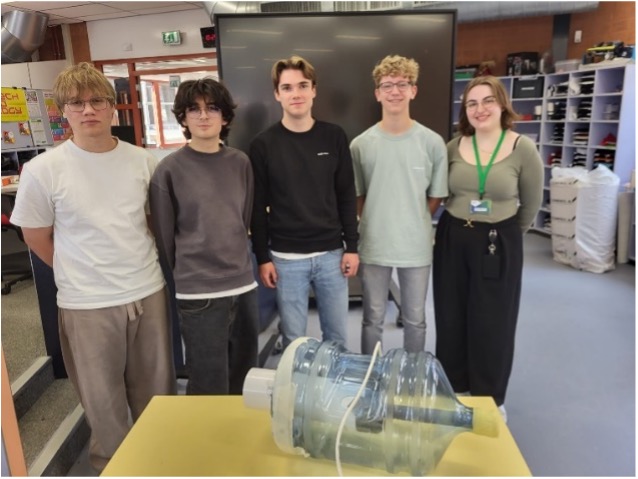
The students accepted the challenge with enthusiasm. Every Friday morning, I received updates via email about their progress and questions. Within a few weeks, they had successfully tested their mosquito trap and were ready to start collecting samples. Because my assays are RNA-based, I then taught them how to work in an RNase-free environment and emphasized the importance of secure practices. I provided them with honey cards, and off they went.
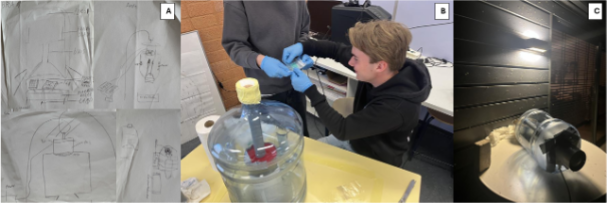
Four weeks later, I was invited to their final presentation. While I had already been impressed with their dedication and results, I was genuinely surprised by how thoroughly they had implemented my ideas and requirements, and even more by the thoughtful and effective additions of their own. Clever modifications that had never been mentioned in their weekly updates turned out to be highly successful.
During the debriefing after their presentation, the students shared that they were genuinely sad that the project had come to an end. They told me they had never enjoyed any school project as much as this one, unanimously agreeing that the “mosquito project” was their favorite. Not only did they find the topic fascinating, but they were thrilled to work on something with real-world relevance. Not just for a grade, but to contribute to my actual research. Knowing they played a small part in ongoing scientific work made them feel excited and motivated.
My adventure as a supervisor ended there, but my newfound love for teaching and guiding students did not. This ‘side job’ helped me realize how much I enjoy helping young people take their first steps into research and showing them how exciting science can be. Students, teachers, and I were all sad to see the project end, but its impact remains.
“Never in my thirty years of teaching have I supervised a project where not a single student complained or sat unmotivated, until now,” one teacher shared. “When I asked what made this project different, all of them agreed ‘Miss Mila’s masterclass and guidance.’ I guess it really is possible to get it right for every student.”
I cannot imagine a greater compliment, especially when paired with the students’ heartfelt gratitude and comments like, “Now I understand why people go into research.”